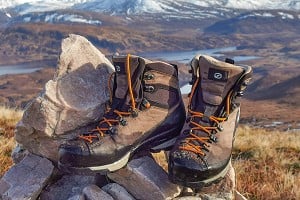
Last summer I reviewed the Dolomite Croda Nera Hi's little brother, the Cordanera shoe. In that group test of running shoes we noted the Crodanera shoe isn't really a running shoe at all, but rather a thoroughbred hiking shoe. I got on well with the low-cut version, so it was good to have a go at the boot.
Whether they're ostensibly made for running or walking, hillwalking in shoes, as opposed to boots, seems to have really increased in popularity in recent years. But some people still favour boots, whether for increased ankle support or simply for the better mud- and water-proofing that boots give. So building a boot on the same supportive chassis as the Crodanera shoe, and increasing its water resistance with Gore-Tex, seems an obvious thing to do.
The Croda Nera Hi Gore-Tex (I'm not sure either why the shoe is one word and the boot two) has the same supportive, firm midsole as the shoe version, the same flat profile (no heel-breast) but deeply-lugged Vibram Megagrip sole, and the same minimalist aesthetic design. Where it differs is that it has an ankle section, done up with two pairs of easy-to-use lace-hooks, and the boot is lined with Gore-Tex to waterproof it.
My review pair of Croda Nera Hi are the black colourway and my first impression was "oh dear, they look a bit 'tactical'." Now, I have a deep respect for the professionalism of the armed forces, but I'm not a soldier and I don't particularly want to look like I am pretending to be one when out hiking over the moors.
But almost as soon as I started wearing the boots, I came to like them far more than I expected to. They have proven to be comfortable, and have served me well through a year in the British hills for anything that doesn't involve mountains covered in snow and ice.
Fit
This boot comes in both men's and women's (lower volume) sizing.
Like a good number of other Dolomite footwear I've tried, they fit my wide feet rather well. They came in a roomy size 42 - probably a 41.5 would have been a better fit for me but weren't available for review. I've found Dolomite 41.5s have enough width for my feet, so it is no surprise that the 42s do as well, but with sensible use of the laces my feet aren't moving inside the boots and probably benefit from the space by the end of a long day of walking. I've had zero issues with blisters or hot spots.
Weight
My pair of Corda Nera Hi weighs 999g in size 42 (making Dolomite's stated weight of 500 grams for one boot impressively accurate!). Not heavy, but there are definitely considerably lighter fabric boots out there. I suspect it is actually the protective midsole that gives them their heft, as the low top shoe version are likewise of a 'sturdy' build.
Sole
Starting from the lowest point and moving up: the outsole is Vibram. I noted when reviewing the low-cut version that the outsole is not far from the classic studded fell running shoe. While it's flat in the sense that there is no heel, its deep and well-spaced lugs have proven to be surprisingly grippy. The stud-like tread grips well on your standard British winter mud, slop and wet-grass, whilst the rubber grips as well as anything else I've used on wet rock, whether dirty or clean (that's either gritstone or limestone here in the Peak, and both get polished on popular paths).
The midsole is, according to Dolomite, shock absorbing bi-density EVA, and although it looks quite thick, going some way towards the puffy pillow midsoles first popularised by Hoka in their running shoes, it is firm and gives the boots a more traditional walking boot feel. This is not to say they are uncomfortable at all, and it helps keep the foot from getting fatigued on harsher walking surfaces like scree and broken rock. For tarmac and hard-packed gravel tracks (think West Highland Way), a pair of shoes might be more forgiving underfoot. But for walking up to gritstone edges in the Peak, day walks and overnight backpacks onto Kinder Scout and Bleaklow, the Croda Nera have been perfect.
Upper
The uppers are a synthetic woven material which seems close to indestructible, with a stretchy tongue and cuff section. Extra protection is offered by a reasonably high rubber toe rand. After a winter of use they still look good as new, and that includes having done a good few scrambles up gritstone cloughs and even soloing some typically burly gritstone Mods and Diffs in them, foot jams and all.
Under the synthetic outer is a Gore-Tex liner - as ever, both the magic ingredient and the Achilles heel of boots like the Croda Nera. When brand new Gore-Tex liners are impressive: go and stand in a stream and feel the water cool but not penetrate your boots. Clever stuff.
But, the big but - once the liner fails the boots are no longer waterproof, and with synthetic materials you can't just slap a load of Nikwax on and 'waterproof' them the old school way.
A year in, the waterproofness of these Croda Neras seems to be holding up. Back in the early spring I walked across the soaked section of moor that takes you up to Birchen Edge - one of those days where every step makes a squelch and the ground is so sodden that water seems to be sitting on the turf in a gravity defying manner. There was some dampness around my toes getting home, so my immediate thought was the membrane was failing. Subsequent muddy and wet walks haven't recreated this problem, so possibly the boots were just so saturated that sweat inside wasn't getting out. Or, alternatively, perhaps when saturated enough, the flexing of the walking motion is enough to force water through the membrane in some way? A final possibility is of course that the Gore-Tex has failed, but there are only limited leakage points, so only when that part of the boot is immersed in water for long enough, will it get through.
On the flip-side to keeping water out, despite being the owner of some pretty standard (and unappealing) sweaty-bloke feet, I've not ever felt that my feet were getting too hot or sweaty in these boots when out hiking in drier conditions. In the past I've definitely found waterproof-lined fabric boots that were just unusable for me in summer due to the sweat factor, but for me modern Gore-Tex linings work well in this respect.
Ultimately I am still undecided on whether Gore-Tex-lined footwear is a good idea or not. When it works, it is great and allows manufacturers to make light, comfortable and waterproof footwear for mountain environments. But the liner will fail sooner or later, with the unavoidable disappointment that comes with your expensive and perhaps still relatively new waterproof footwear no longer being waterproof.
Summary
Beyond the open question of the longevity of the waterproof membrane, the Croda Nera Hi are good hill walking boots. Initially I wondered if the sole, without an aggressive heel, would prove suited to muddy and damp British conditions. But it turns out to work well. Their performance allied to their comfort has made them a surprise favourite boot for me over the last last year. Just maybe go for one of the brighter colour schemes unless you want to look 'tactical'.
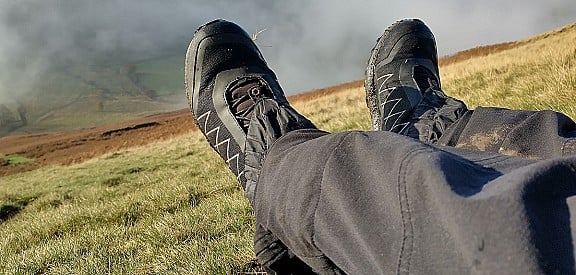
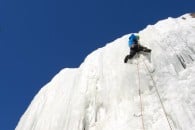


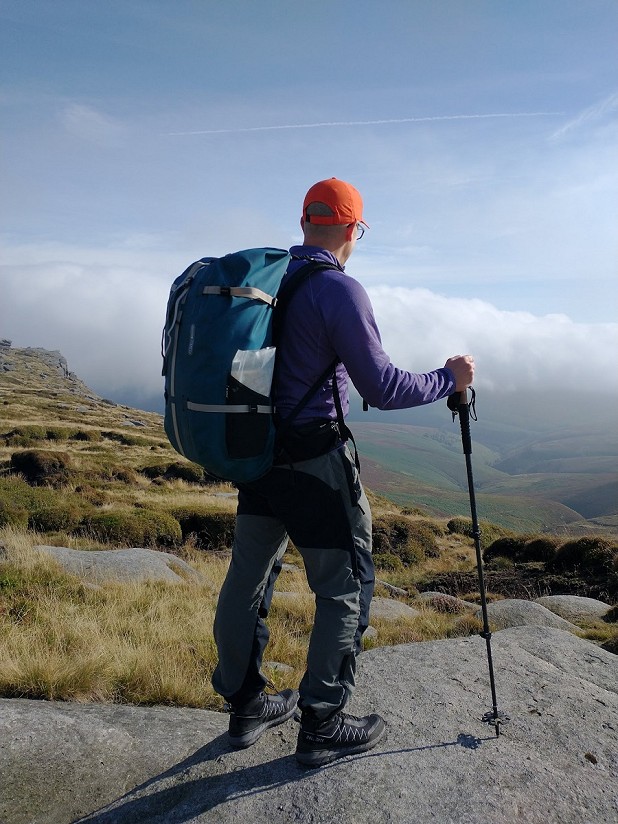
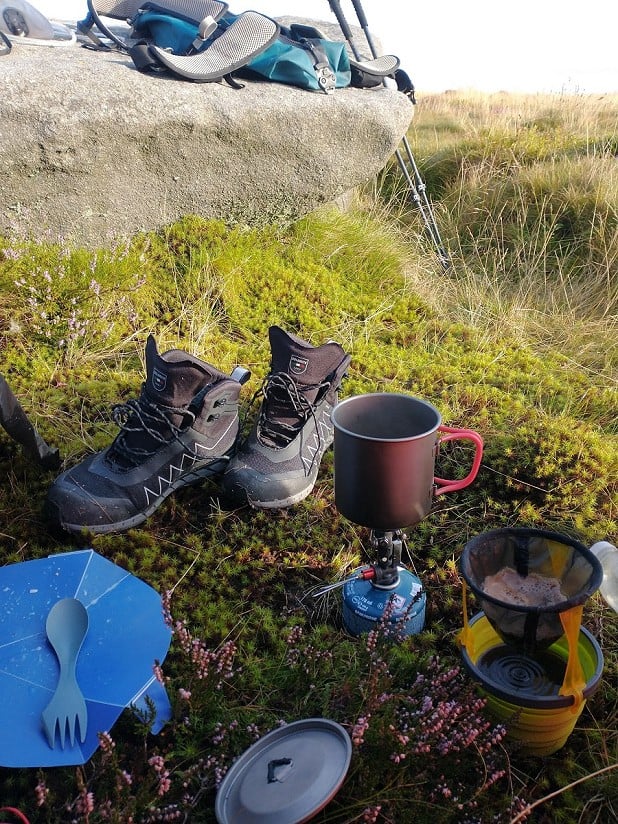
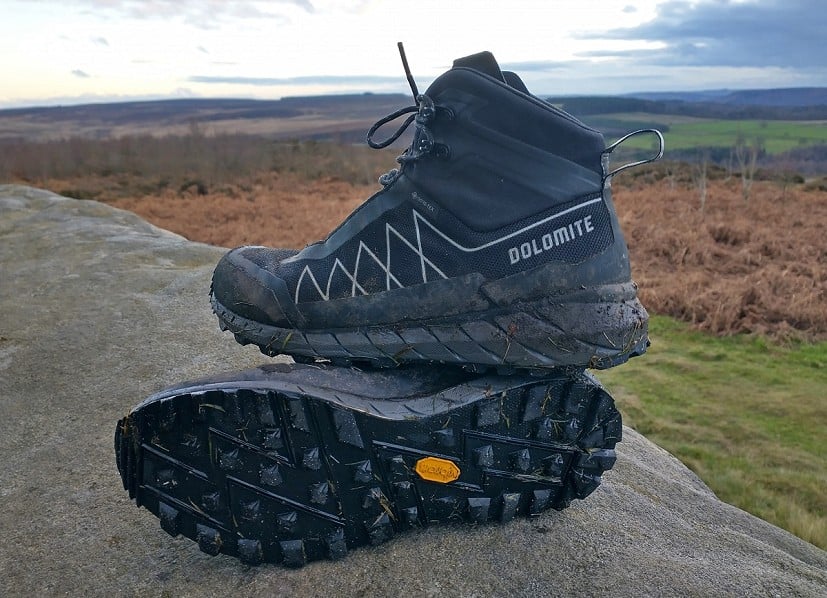
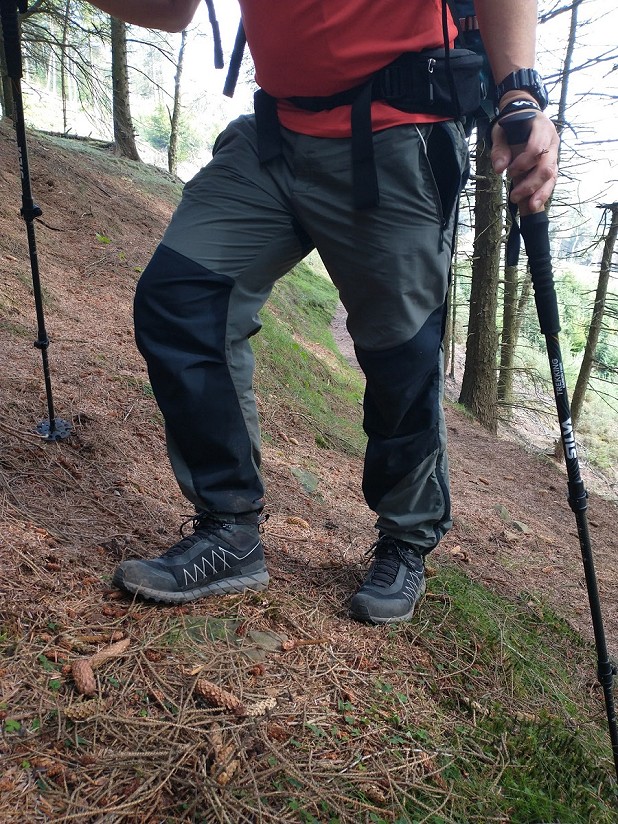

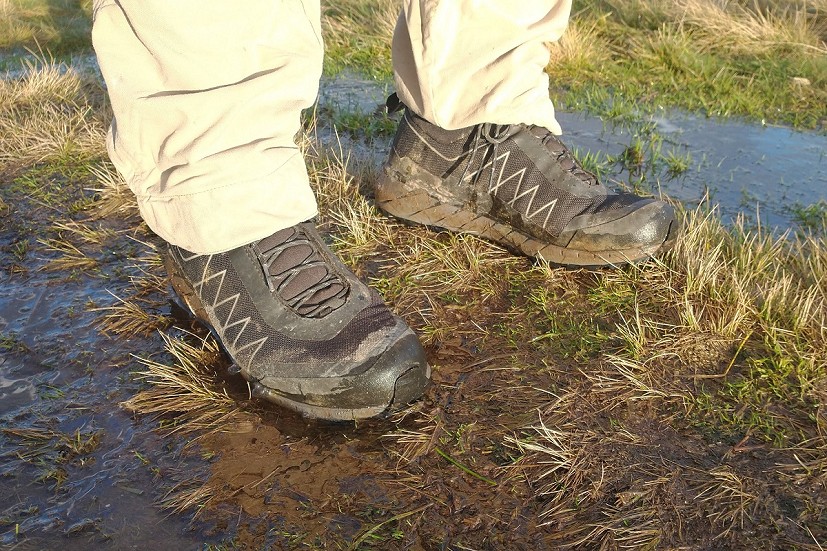
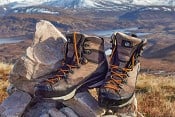
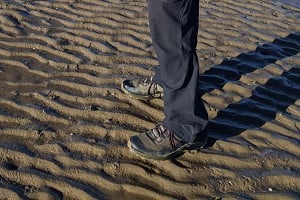
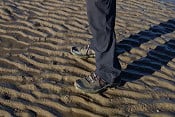
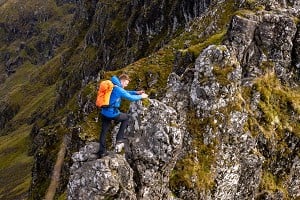

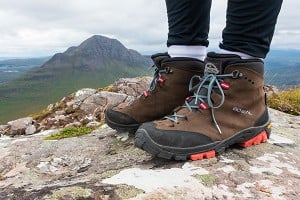
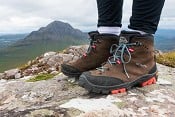
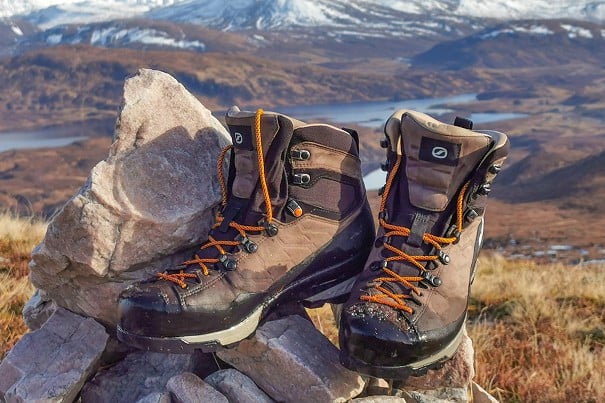


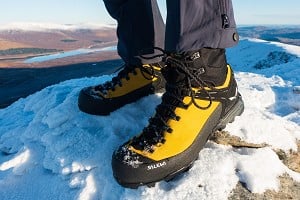
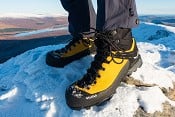
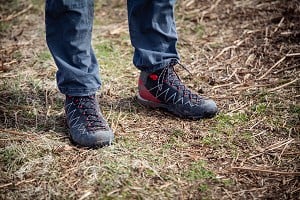





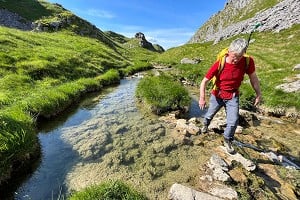
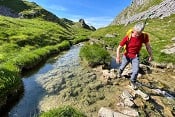


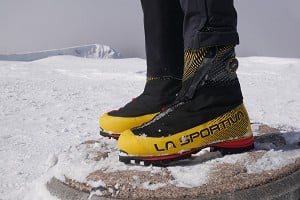
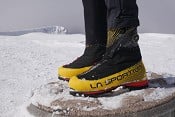
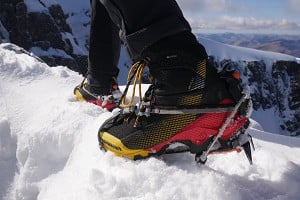
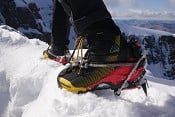
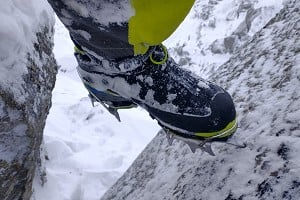
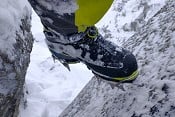
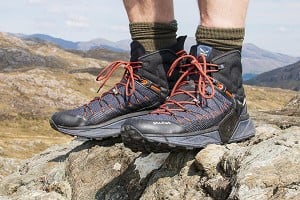
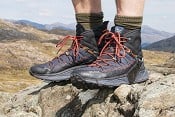
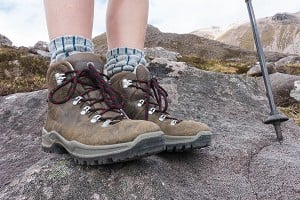
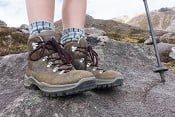



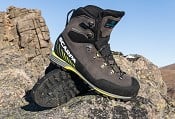
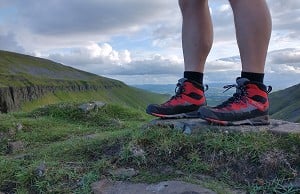
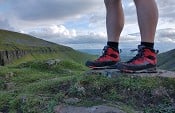
Comments